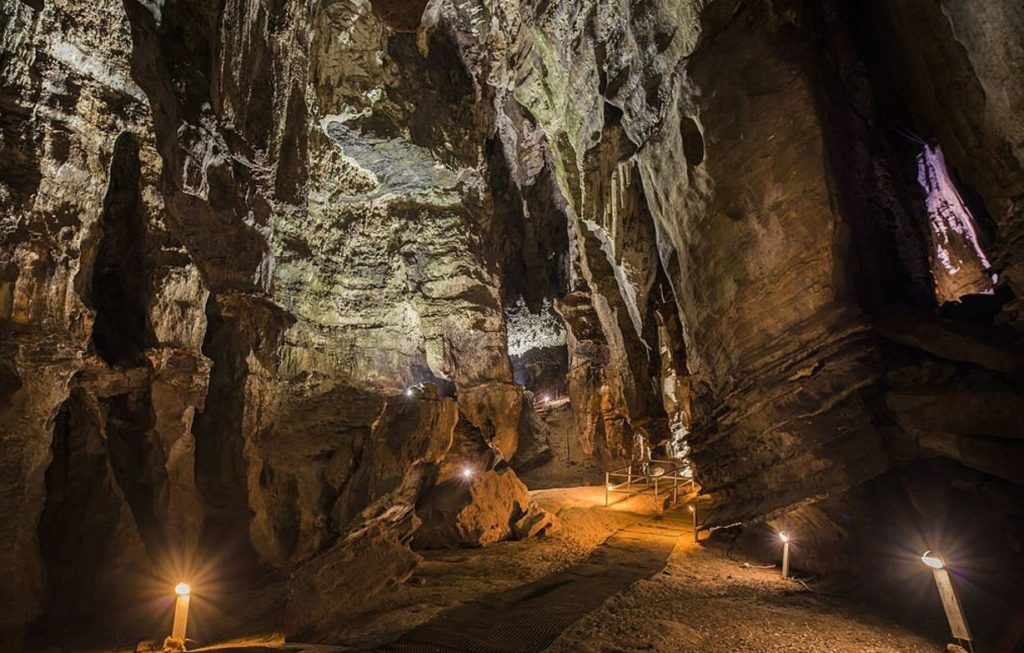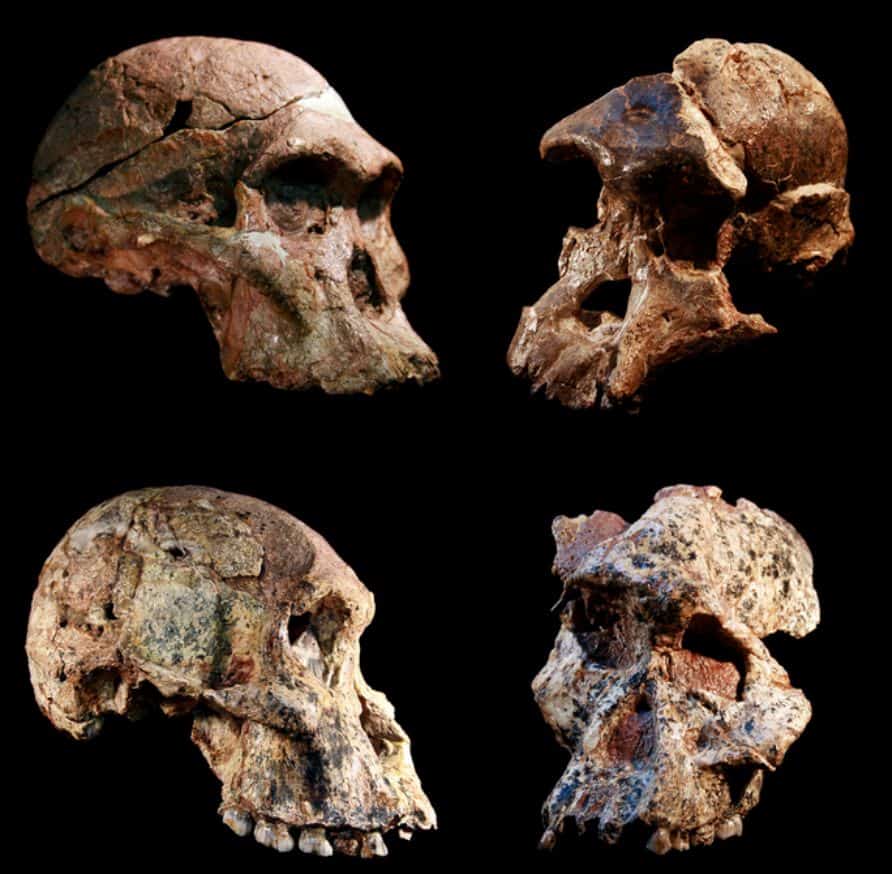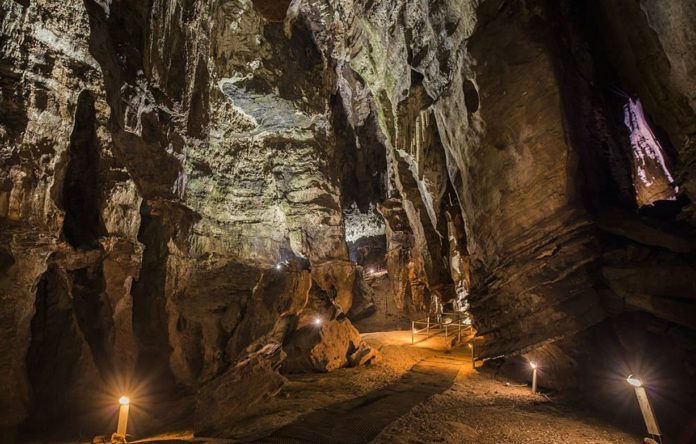Scientists have been studying these relics of early human ancestors and their long-lost relatives for decades.
Now, a dating technique invented by a geologist from Purdue University has pushed the age of some of these fossils discovered at the Sterkfontein Caves site back by more than a million years.
This would make them older than the most famous Australopithecus fossil, Dinkinesh, also known as Lucy.
The “Cradle of Humankind” is a UNESCO World Heritage Site in South Africa consisting of a variety of cave deposits containing fossils, notably Sterkfontein Caves.

The 1936 discovery of the first adult Australopithecus, an extinct hominid, made Sterkfontein renowned. Hominins are people and our ancestors, but they do not include the other great apes.
Since then, hundreds of fossils of Australopithecus have been found there, including the famous “Mrs. Ples” and the “Little Foot” skeleton, which is almost completely made up of bones. Scientists have spent decades investigating Sterkfontein and other cave sites in the Cradle of Humanity in an effort to understand how humans and the environment have changed over the last 4 million years.
One of these scientists is Darryl Granger, who is a professor of earth, atmospheric, and planetary sciences at Purdue University’s College of Science. He is part of an international team of scientists working on this project.
Granger is an expert at determining the age of geologic deposits, notably those found in caves. As a doctoral student, he came up with a way to figure out how old cave sediments are that researchers all over the world now use.
He previously dated the Little Foot skeleton in Sterkfontein to a time of roughly 3.7 million years, although researchers are still debating the age of other fossils found there.

Granger and a team of scientists, including those from the University of the Witwatersrand in Johannesburg, South Africa, and the University of Toulouse Jean Jaurès in France, published their findings that the sediments in the cave where Little Foot was found are actually between 3.4 and 3.7 million years old, rather than the 2-2.5 million years ago that had been previously assumed.
Based on that age, these fossils are from the beginning of the Australopithecus period, not the end. Dinkinesh is a 3.2 million-year-old Ethiopian woman who belongs to the Australopithecus africanus species, which dates back to roughly 3.9 million years ago.
Sterkfontein is a deep, complicated cave system that shows how people have lived in the area for a long time. There aren’t many reliable methods for dating cave sediments, therefore it can be difficult to determine when the fossils here were deposited.
The volcanoes of the Great Rift Valley in East Africa deposit layers of ash that can be dated and have led to the discovery of a large number of hominid fossils in that region. These strata are used by researchers to determine a fossil’s age. The scientists in South Africa do not have the luxury of doing that, particularly in a cave.
To determine the age of the bones, experts frequently utilize nearby animal fossils or flowstone made of calcite that was deposited in the cave. However, in the cave, bones can move, and fresh flowstone can be deposited on top of older silt, making such approaches possibly inaccurate.
Dating the underlying rocks that contain the fossils is a more reliable procedure. Granger and his team investigate the breccia, a matrix similar to concrete that surrounds the fossil.
“Sterkfontein has more Australopithecus fossils than anywhere else in the world,” Granger added. “But it’s hard to get a good date on them. People have looked at the animal fossils found near them and compared the ages of cave features like flowstones and gotten a range of different dates. What our data does is resolve these controversies. It shows that these fossils are old – much older than we originally thought.”
To calculate the age of the Australopithecus-bearing sediments at Sterkfontein, Granger and the team employed accelerator mass spectrometry to analyze radioactive nuclides in the rocks, geologic mapping, and a thorough understanding of how cave sediments accumulate.
To learn more about the past fossils, geological features, and rock, Granger and his team at Purdue’s Rare Isotope Measurement Laboratory (PRIME Lab) investigate so-called cosmogenic nuclides. Rare isotopes known as cosmogenic nuclides are created when high-energy particles from space, known as cosmic rays, strike the Earth.
The energy of these inbound cosmic rays is sufficient to trigger nuclear reactions in rocks at the ground’s surface, resulting in the production of fresh, radioactive isotopes within the mineral crystals. Aluminum-26 is one such instance.
Aluminum-26 is aluminum that lacks a neutron and slowly decays over the course of millions of years to become magnesium. Since aluminum-26 is only made when a rock is exposed at the surface and not after it has been deeply buried in a cave, researchers at the PRIME lab can use the levels of aluminum-26 and beryllium-10 to date cave sediments and the fossils they contain.
In addition to the new dates for Sterkfontein based on cosmogenic nuclides, the research team made detailed maps of the cave deposits and showed how animal fossils of different ages would have been mixed together during excavations in the 1930s and 1940s, which led to decades of confusion about the previous ages.
Granger remarked, “What I hope is that this convinces people that this dating method gives reliable results. Using this method, we can more accurately place ancient humans and their relatives in the correct time periods, in Africa, and elsewhere across the world.”
The fossils’ age is important because it affects how scientists interpret the prehistoric environment. There are many important and challenging topics, including how and where humans evolved, how they fit into the ecosystem, and who their closest relatives are and were.
One way to finish the puzzle is to put the fossils at Sterkfontein in their appropriate perspective.
Image Credit: Getty
You were reading: New Study Reveals a Hidden Secret behind One Of The Most Interesting Fossils Ever Found
